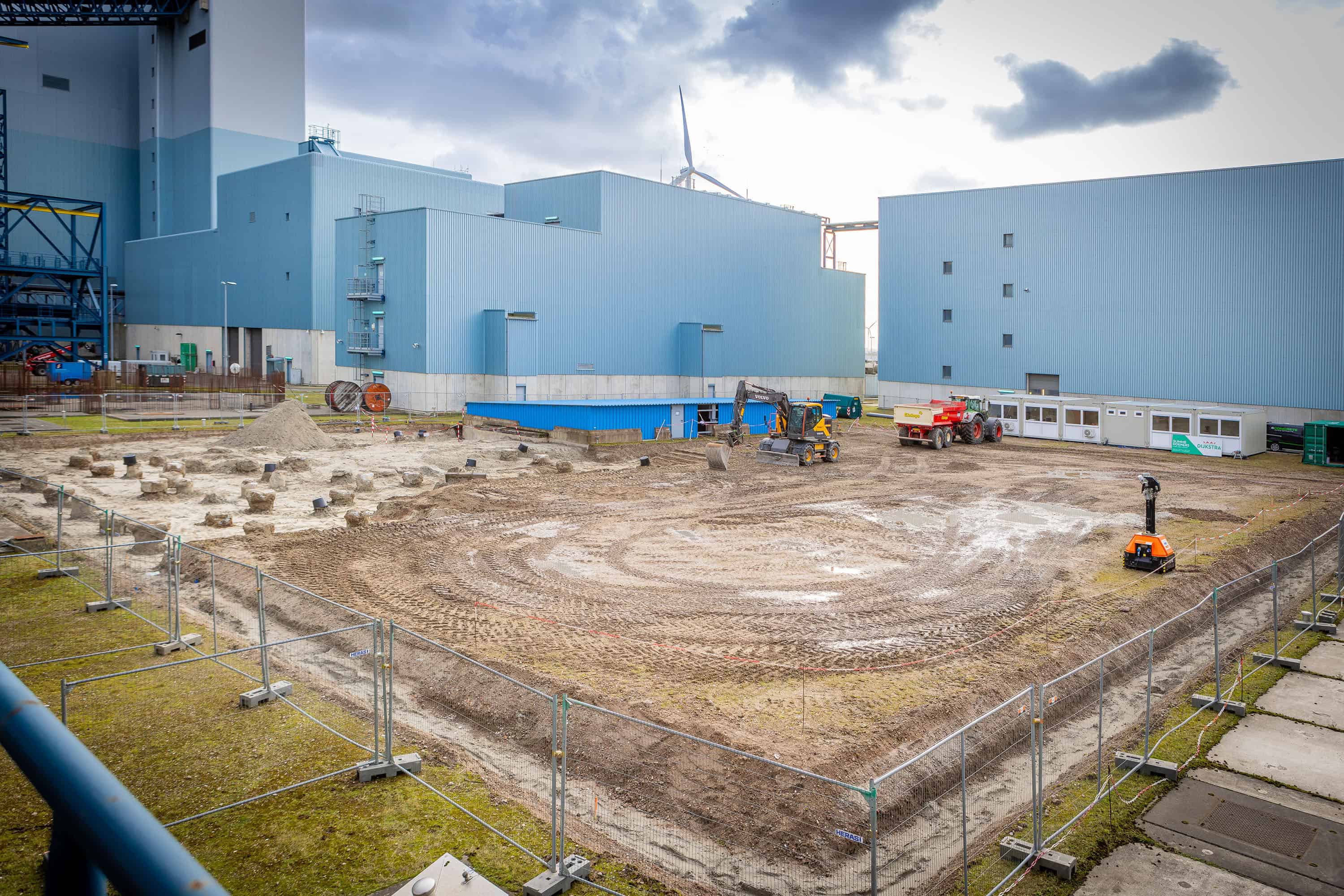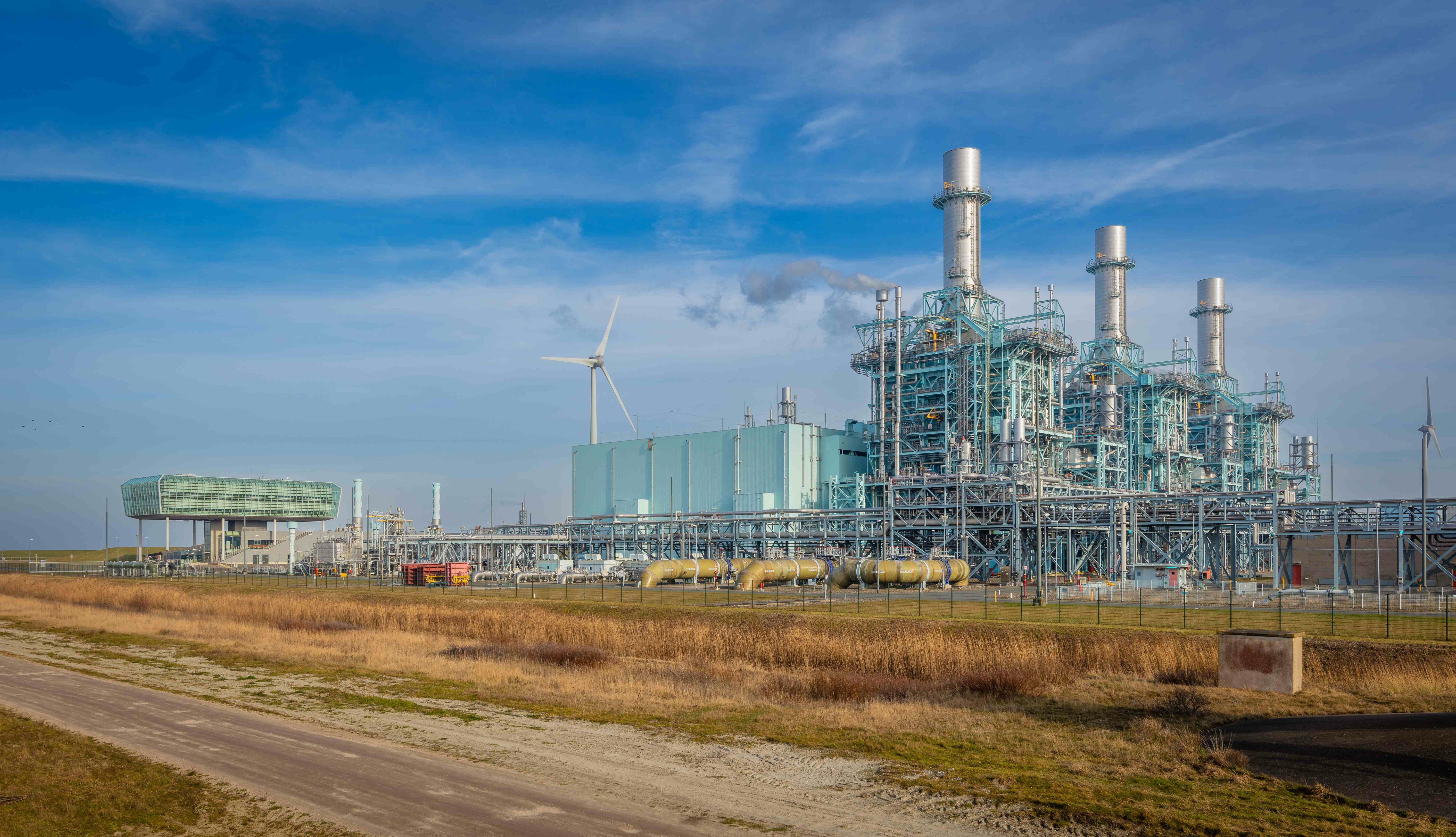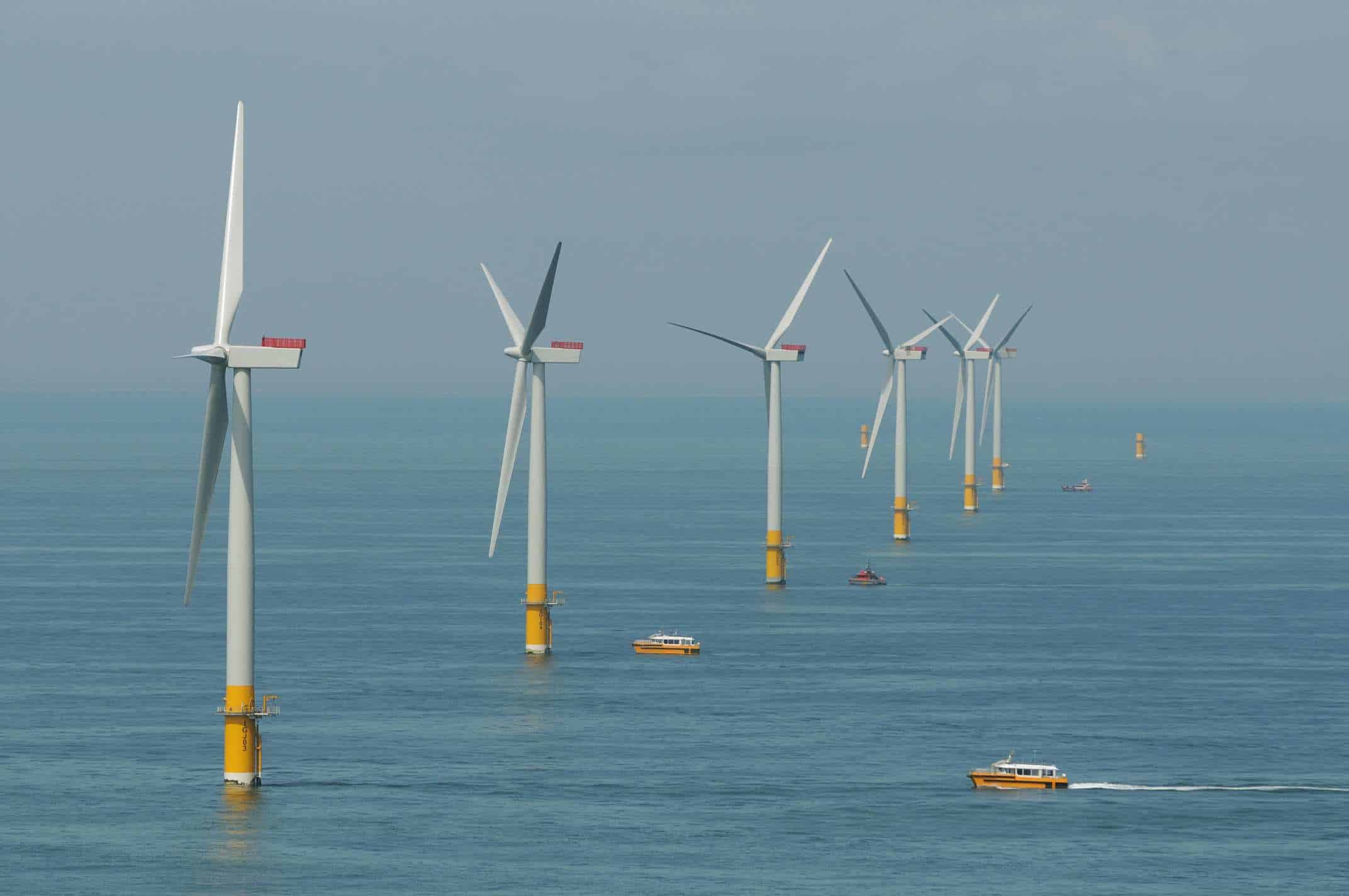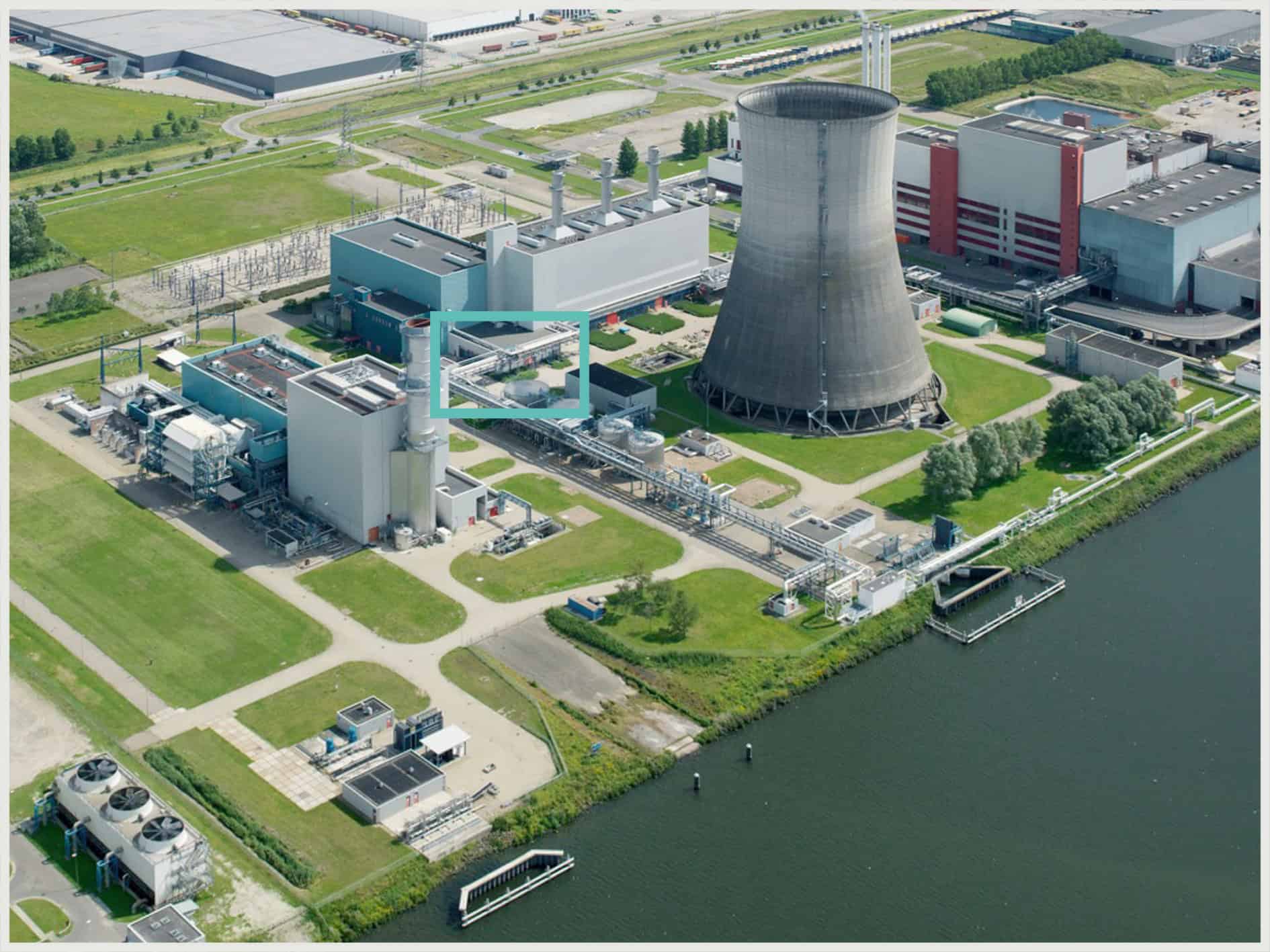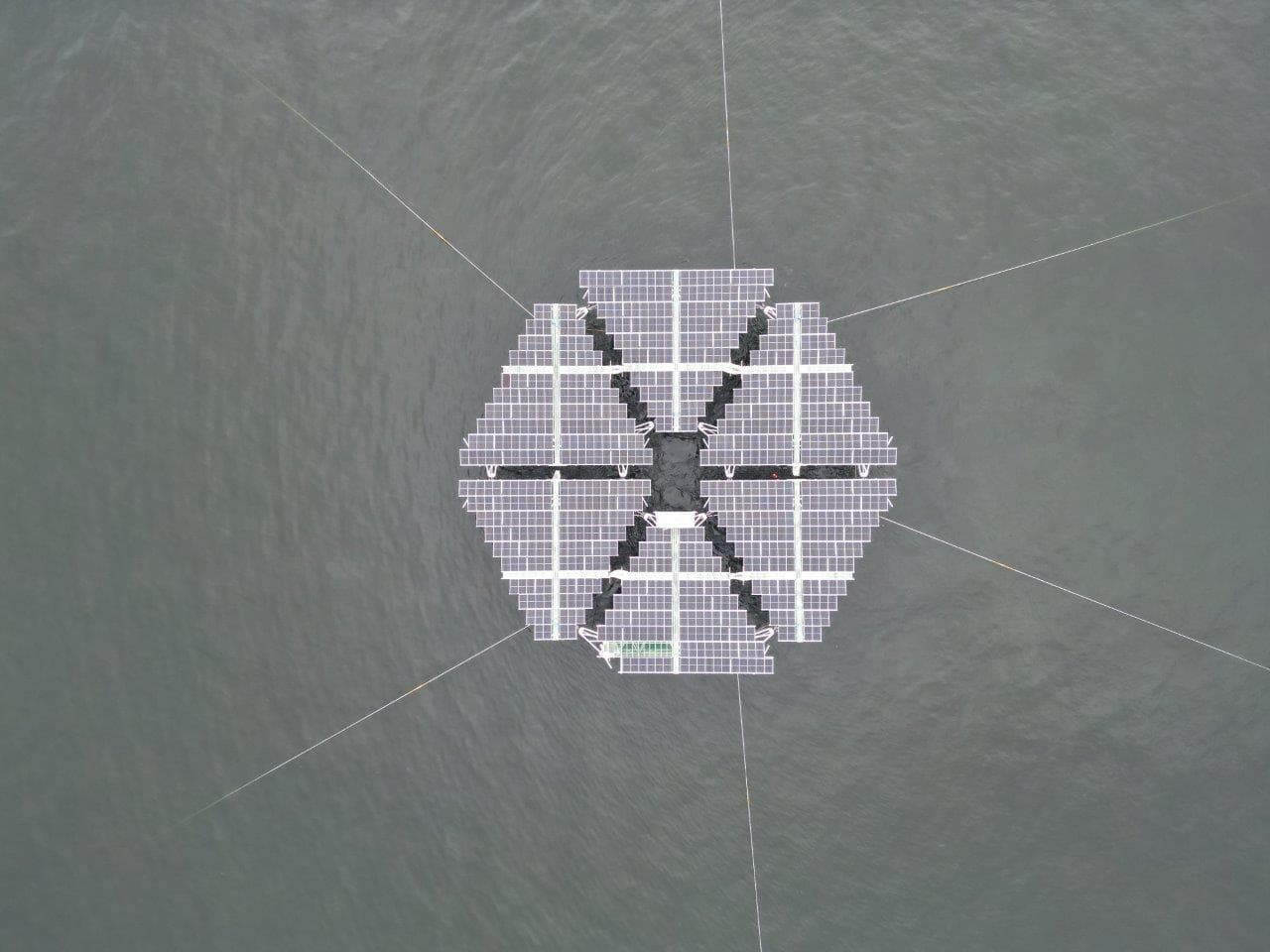
RWE, the world leader in renewable energy generation, has inaugurated its new innovative test facility for Airborne Wind in Ireland. This enabled the first flight of a new kite technology from Dutch startup Kitepower in Bangor Erris, County Mayo, Ireland.
- Kitepower completes its first flight in County Mayo, Ireland.
- This test facility by RWE is the first of its kind in Europe.
- The project was developed in collaboration with partner Mayo County Council and funding from Interreg Northwest Europe.
RWE aims to encourage innovation and technological progress in all areas of wind energy. Airborne Wind Energy is a new type of wind energy technology that RWE is testing in Ireland in collaboration with technology partner Kitepower and with support from Interreg North West Europe.
The site at Bangor Erris was selected following a global search for a suitable location to further develop this technology. The site obtained the necessary permits to fly the Kitepower system earlier this year.
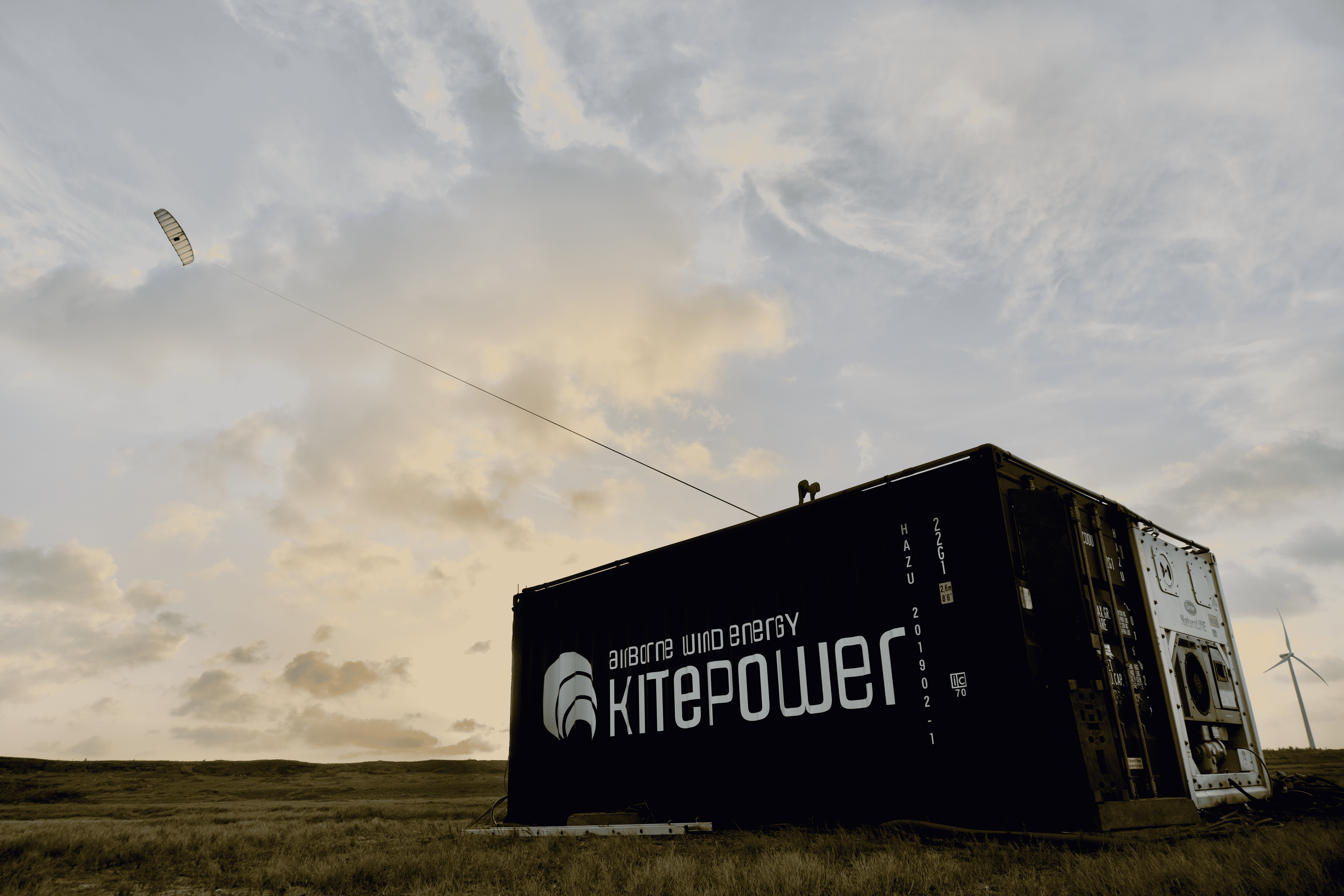
Cathal Hennessy, Head of Onshore Renewables Development (Wind, Solar, and Storage) UK & Ireland, welcomes the moves with Kitepower. “RWE is exploring various industry innovations to see if airborne wind technology can complement our existing renewable energy portfolio of offshore and onshore wind, solar, and battery storage. Airborne Wind requires lower capital investments and fewer materials. With that, it has potential in further lowering energy costs.”
Stronger, more stable
Kitepower’s technology uses wind at higher altitudes where it is stronger, more stable, and more constant. It can be used both onshore and offshore and in combination with other technologies such as solar electricity generation.
“Kitepower uses a large kite structure with a hybrid skeleton of inflatable and fixed fiberglass parts to keep the kite open,” said Kitepower CEO Johannes Peschel. “The kite span is 60 square meters with a weight of only 80 kg, including the steering and sensor unit. We are developing and testing our Kitepower Falcon system in Bangor Erris to generate up to 100 kW of energy. The kite will initially fly at an altitude of up to 350 meters and may also make test flights at higher altitudes in the coming months.”
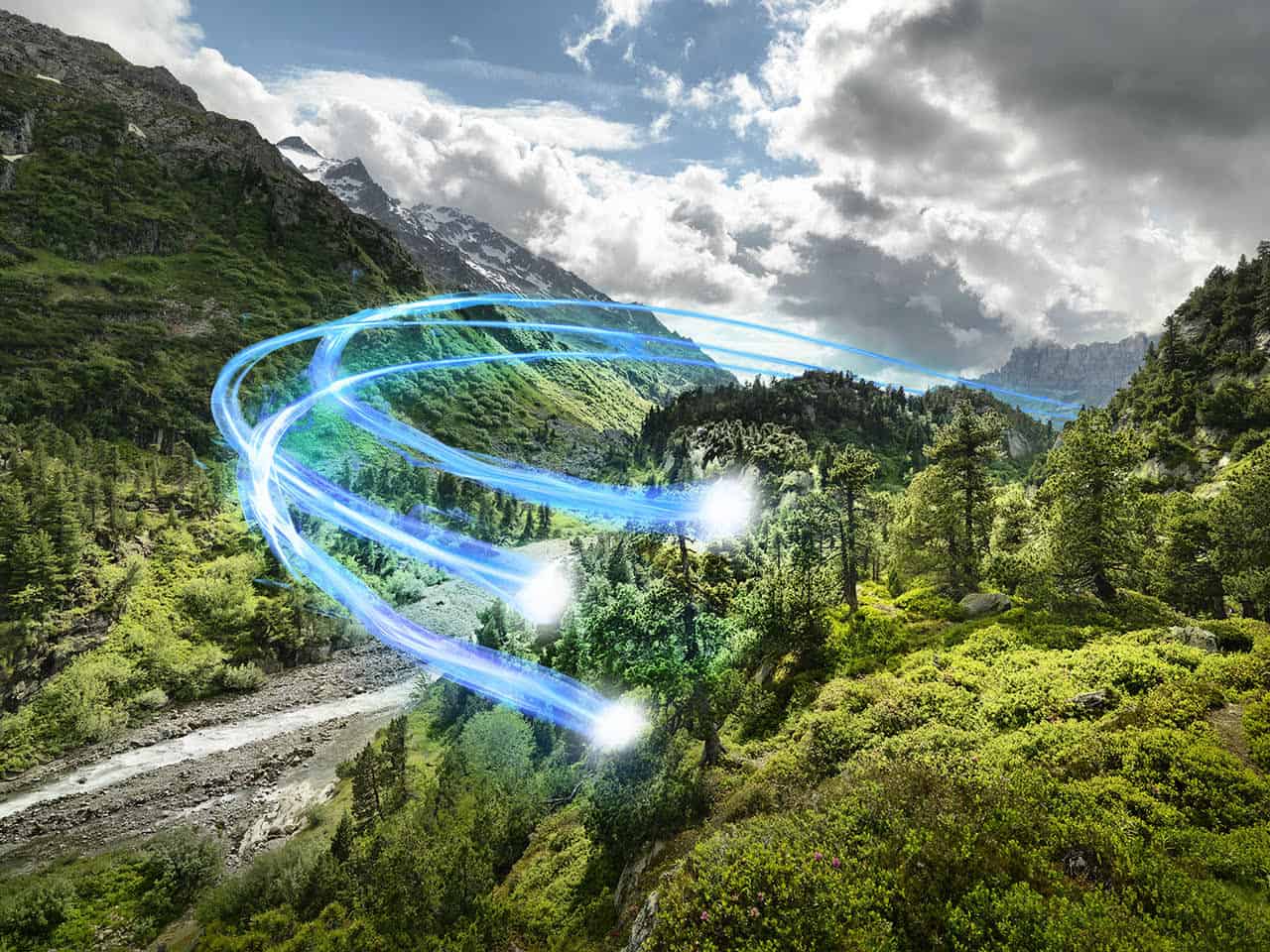
The specially developed test hub in Bangor Erris is the first of its kind and helps us further accelerate the development of our system. Kitepower uses a Kite Control Unit (KCU) attached to the cable to control the direction in which the kite flies. The Dyneema cable (an ultra-strong rope that is stronger than steel wire of the same size but less than one-tenth the weight) is attached to a ground station housed in a conventional 20-foot container. The ground station has a generator that converts the kite’s mechanical energy into electricity.
Eight-shaped pattern
Electricity is produced in the “Reel Out Phase” when the kite is flown in an eight-shaped pattern against the wind and reaches a high pull that pulls the cable from the winch into the ground station. During this Reel Out phase, the Kitepower Falcon produces electricity. When the cable reaches its maximum, the KCU sends the kite back directly above the ground station, and the cable is reeled out with a small amount of energy. This is known as the “Reel In Phase.” The Reel Out phase begins again once the Reel In phase is completed. Usually, these two phases last 100 seconds: 80 seconds for Reel Out and 20 seconds for Reel In.
RWE has one onshore wind farm in Kerry and two battery storage facilities in Monaghan and Dublin. RWE has more than 2 gigawatts (GW) of projects under development, including two offshore wind farms (1,750 MW) and ten onshore wind farms (520 MW) with hybrid technologies.



